
Air Quality Monitoring for a Healthier Environment for All
By Catherine Jewell, Information and Digital Outreach Division, WIPO
With widespread forest fires, inner city smog and pollution, air quality is a major concern for national, regional and local authorities and citizens everywhere. But you can’t manage what you don’t measure. This is where the Slovenian company, Aerosol Magee Scientific, a leading developer and manufacturer of air monitoring systems to measure air quality, is playing a key role. The company’s products are used in all corners of the globe to address issues relating to air quality, climate change and health. WIPO Magazine recently met with Aerosol’s CEO, Mateja Forštnarič, to find out how the company is helping policymakers develop clean air strategies, and how IP is supporting its innovation drive in this key area.
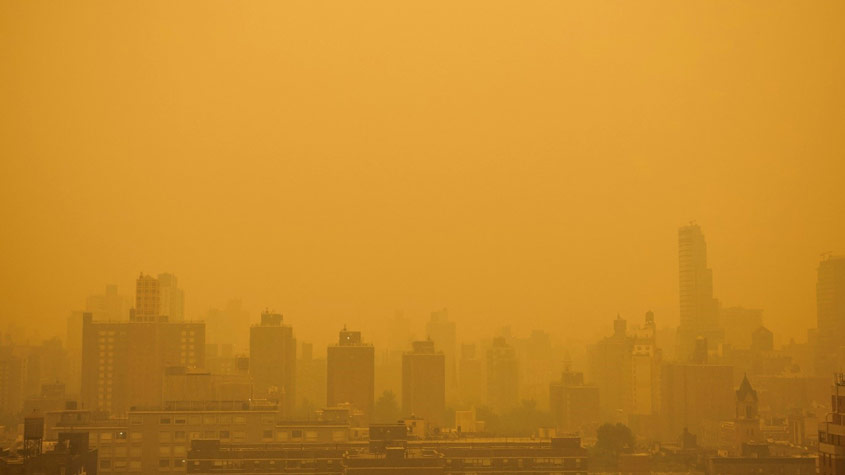
Why is research on carbonaceous aerosols so important?
The presence of these aerosols in the air has a significant impact on the two most important global issues facing humanity today, namely, climate change and health. Black carbon is the second most important contributor (after carbon dioxide) to global climate change and together with other carbonaceous aerosols is having a negative impact on our health.
Black carbon is the second most important contributor (after carbon dioxide) to global climate change and together with other carbonaceous aerosols is having a negative impact on our health.
There is a burning need to increase the monitoring and measurement of black carbon and carbonaceous aerosols as highlighted by the World Health Organization (WHO) and the Intergovernmental Panel for Climate Change (IPCC). We need more long-term research on, and more measurement of, the impact of these pollutants on climate change and health. Only with these data, will leaders, policymakers, and lawmakers be in a position to develop targeted initiatives backed-up with relevant standards, guidelines and policies to tackle these challenges and mitigate the negative impact they have.
How is your work on air quality monitoring supporting global environmental sustainability?
Sustainability is an integral part of our vision and mission. While we are a commercial business, raising awareness about black carbon and other carbonaceous aerosols, the sources of these air pollutants, and their negative impact is central to our mission. Scientists and government air-quality monitoring agencies need to routinely measure all types of air pollution on a continuous basis. This means collecting data every year in order to be able to identify long-term trends. Only by gathering reliable and accurate data over the long term, will it be possible to see whether the rules and regulations implemented to improve air quality are having a positive effect.
There is a burning need to increase the monitoring and measurement of black carbon and carbonaceous aerosols.
We are all fully committed to helping to ensure we can all breathe cleaner and healthier air.
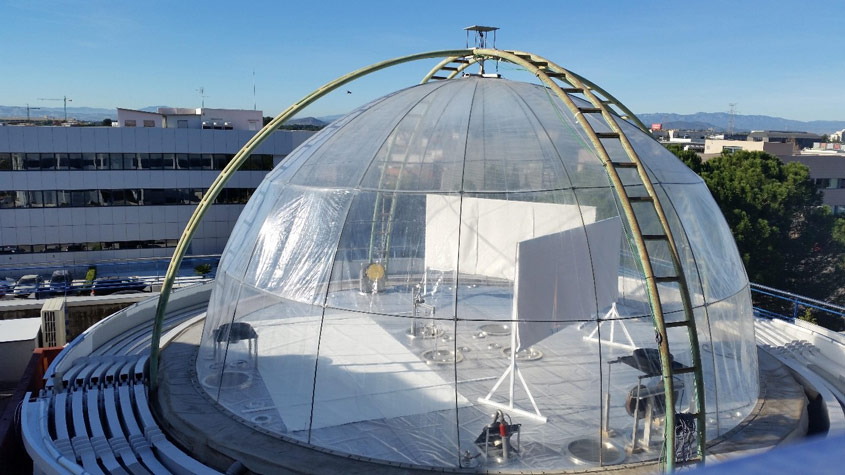
What exactly are carbonaceous aerosols and what is the scale of their impact on the environment and health?
Carbonaceous aerosols are a major group of air pollutants that, in simple terms, consist of black carbon and organic carbon. Black carbon are tiny particles of dust and soot that float in the air. On inhalation, they go deep into the lungs and enter the body causing chronic health problems, like heart disease, asthma and others. Most particulate matter (PM) in the air consists of black carbon and carbonaceous aerosols, making up 80 percent of such PM. That’s why it's important to understand the composition and source of PM, because only then can we tackle the problem.
Black Carbon aerosols come from the incomplete combustion of fossil fuels and biomass.
Black Carbon aerosols come from the incomplete combustion of fossil fuels and biomass. They’re generated from traffic, ships, airplanes, industrial activity and certain agricultural practices, as well as wild fires and wood burning for heating.
Black carbon contributes to global warming because it absorbs the sun’s energy and light. It also effects cloud formation and rainfall patterns. That explains why we are experiencing more violent storms, rains and floods. Also, when black carbon deposits on snow and glaciers, it accelerates melting.
A great deal of evidence also links air pollution with neurological, respiratory, and immunological diseases including cancer. Air pollution causes around 7 million premature deaths globally every year. The human and economic costs are huge. The World Bank estimates the cost of the damage to health of air pollution caused by PM 2.5 (fine particles with a diameter of 2.5 micrometers of less) is USD 8.1 trillion a year, equivalent to 6.1 percent of global GDP.
Air pollution causes around 7 million premature deaths globally every year.
Air pollution is a sustainability issue. And sustainability is an integral part of our vision and mission. We are all fully committed to helping to ensure we can all breathe cleaner and healthier air. While we are a commercial business, raising awareness about the sources of these air pollutants and their negative impact is central to our mission.
Why are we now only beginning to understand the negative impact of black carbon and other carbonaceous aerosols on the environment and health?
Aerosol science is a young science. Our founder Dr. Anthony Hansen started looking into these air pollutants some 40 years ago, mainly out of scientific curiosity. He was the first person to develop a methodology to measure black carbon in the air using the Aethalometer®, which he invented and patented. His aethalometer is the first and most widely used device for monitoring black carbon in the air in real time. However, in the 1980s, few recognized the negative impact of black carbon. Industrialization was in full swing, everyone was prospering. What was the problem? Then scientists started focusing on their impact on climate change, and by the 1990s, health concerns relating to air pollution emerged in the US, in particular. And we are only now starting to understand the problem because it takes many years of data to support the evidence for the relevant authorities to pay attention.
Who are the main users of Aerosol Magee Scientific’s air quality monitoring systems?
In the beginning, we served the needs of the scientific community, particularly, climate scientists and epidemiologists. Then as concerns around air pollution grew, we began working with air quality agencies, governments, and regional, city and local authorities who now routinely monitor air quality to figure out the negative effects of these pollutants. We also work with industry players, such as mining companies to monitor the air quality of their mines for safety and health purposes, as well as oil refineries and engine manufacturers. And are now also working increasingly with communities, especially those in inner city areas, who are concerned about the negative impact of air pollution on the health of local residents.
Why are these users turning to your air quality monitoring devices?
To manage something you need to measure it first, and you need to collect data over the long term to understand trends. Our instruments measure and gather data on air quality and the source of the pollution. With these data, leaders and decision makers can introduce and monitor the impact of targeted measures supported by relevant guidelines, standards and policies. Developing and continuously refining the instruments needed to measure air quality accurately, and providing the expertise to interpret the data they generate is our core work.
Can you give us examples of where your air quality measurement devices are being used?
Our instruments are installed on all continents, from the North to the South Pole, from the Amazon to the Sahara, from mines deep in the ground to the heights of Mount Everest; and in monitoring agencies and networks from San Francisco to Shanghai, from Dublin to Delhi, and everywhere in between. We have contributed to more than 300 scientific articles and conference presentations, and our instruments are referenced in more than 8,000 scientific papers. We collaborate with leading research institutions and organizations around the world on various research and development projects.
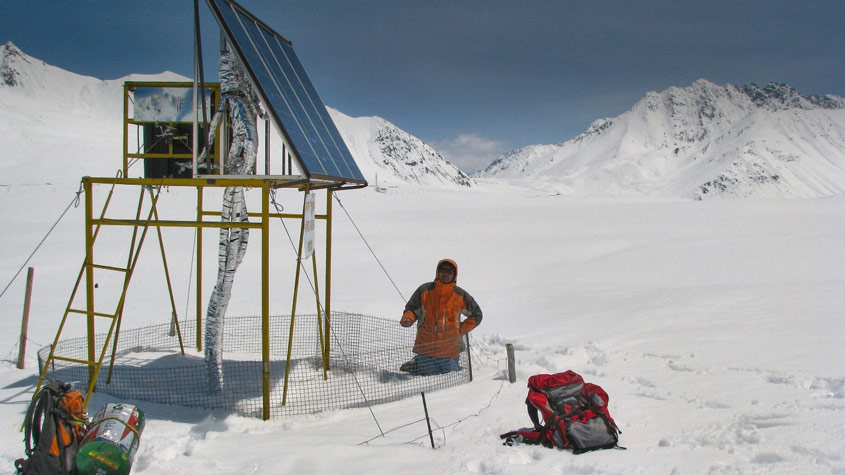
For example, in 2015, we worked with the Indian Meteorological Department to create a national network of measuring stations for black carbon across India, where air quality is a big problem. We also developed the hardware and software for measuring, collecting and analyzing air quality data, which we shared with the World Meteorological Organization and the Global Atmosphere Watch program. This network is of particular importance as air pollution from India and Southeast Asia affects the water supply that reaches a quarter of the world’s population.
To manage something you need to measure it first, and you need to collect data over the long term to understand trends.
We are also partnering with ICIMOD, in the Hindu Kush-Himalayan region (HKH) and using our instruments and expertise to better understand the impact of major shifts in land use resulting from population growth, urbanization, and rapid industrialization.
Cities and communities around the world are also using our instruments and scientific expertise to gather data to support the creation of clean air policies. For example, here in Slovenia, we have been working with the Ljubljana city authorities, which through careful monitoring have been able to improve air quality in in the city center by re-shaping traffic flows and creating pedestrian zones. We are also working in partnership with the Slovenian Ministry of Economic Development and Technology on their Smart City project and have developed a platform to help local decision-makers shape Air Quality Management policies in Ljubliana and other cities.
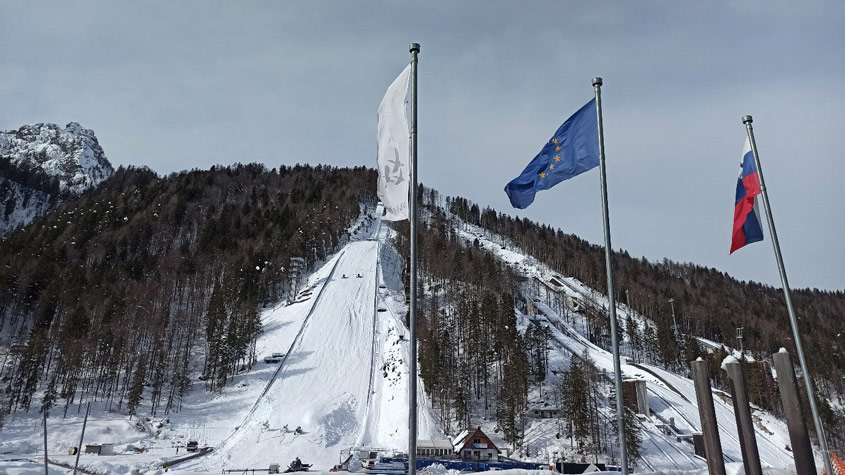
Other important projects include monitoring the environmental impact of tourism on ski resorts in Slovenia; and extensive research using balloons profile the vertical black carbon aerosols for use in climate-change modeling, for example, in Italy, the Indian Ocean, the Himalayas and so on.
Why are there no standards or regulations for the measurement of black carbon and other carbonaceous aerosols?
First, because aerosol science is a young science. The scientific community only identified black carbon as an important contributor to climate change in the 2000s. And second, because you need long-term measurements and evidence to convince decision makers.
At present, only six pollutants are regulated, including PM 2.5. We would certainly like to see more done in this area. However, in 2021, for the first time, the WHO and the IPCC acknowledged that black carbon and carbonaceous aerosols are causing climate change and adverse health outcomes. This was a major step forward, especially as these Organizations are now recommending and urging governments to systematically and continuously measure air quality, and the impact of black carbon and carbonaceous aerosols specifically. Only with these data, can, governments take effective, targeted action, and develop the policies, procedures, and standards needed to mitigate air pollution. So, things are moving in a good direction, but there is still more that needs to be done.
What are the key challenges you face as a business involved in green technology?
As air pollution is now on the agenda of decision and policy makers and public concern rises, we are seeing new technologies and new players enter the market. In this evolving landscape, the primary challenge is to ensure our technology integrates with these emerging technologies, while also continuing to innovate and develop our own solutions. We’re also facing a talent shortage. Finding the right people in the right place is a big challenge. And of course, we have an on-going communications challenge in raising awareness about the need to measure these pollutants and their impact.
How is IP supporting your business?
Our IP rights are central to our commercial success. They enable us to generate revenue and grow our business. We use patents and trademarks to safeguard our innovations and our brands. By ensuring that our cutting-edge products and technologies remain exclusive to our company, our patents give us a competitive market advantage. Some competitors have already tried - unsuccessfully - to mimic our patented solutions. Our trademarks distinguish our products and services from those of our competitors and enable us to create a unique identity that resonates with our expanding customer base.
Our IP rights are central to our commercial success. They enable us to generate revenue and grow our business.
We have ingrained the importance of IP in our business culture. Our management team recognizes the value of IP and its role in driving innovation within the company and supporting our growth and profitability. We also incentivize our staff to contribute to our IP portfolio by recognizing and rewarding innovative ideas and solutions with commercial potential.
Your company has recently completed a re-branding process. What prompted that move?
It's very simple. We were effectively running two brands: Aerosol and Magee Scientific. Our owner, Dr. Anthony Hansen, founded both companies. We realized it made perfect business sense to merge the two brands to create the single unified brand, Aerosol Magee Scientific. This is a positive move. It allows us to leverage the extensive expertise, knowledge, and experience we have acquired over the years and will enable us to make an even greater positive impact on the future of the planet and human health.
What does it mean for Aerosol Magee Scientific to win the WIPO Global Award 2023?
We are very proud and honored to receive the WIPO Global Award. The award means a lot to us. It recognizes the work of the whole team and gives us the motivation and encouragement to continue our work. The Award raises our profile, and boosts recognition of our brand. It also shines a light on a major global issue that we all need to address and supports the call for us all to work towards a sustainable and healthier future.
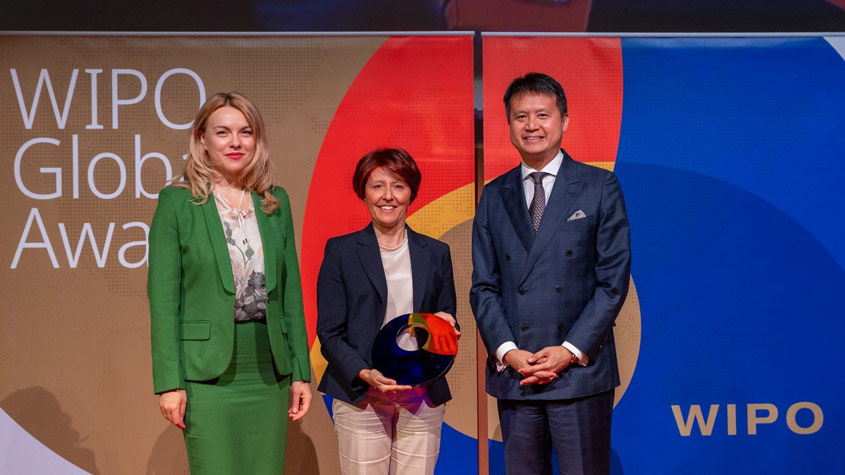
And what is your message to environmental policymakers?
You can't manage what you don't first accurately measure and continue to monitor. That’s why it’s important to measure black carbon and other carbonaceous aerosols over a long period. Our equipment provides reliable and trustworthy quantitative data. Only when you have these data can scientists advise on the targeted action, policies and regulations needed to improve air quality. And these measures require systematic monitoring as to their effectiveness in reducing air pollution and negative health outcomes.
The WIPO Magazine is intended to help broaden public understanding of intellectual property and of WIPO’s work, and is not an official document of WIPO. The designations employed and the presentation of material throughout this publication do not imply the expression of any opinion whatsoever on the part of WIPO concerning the legal status of any country, territory or area or of its authorities, or concerning the delimitation of its frontiers or boundaries. This publication is not intended to reflect the views of the Member States or the WIPO Secretariat. The mention of specific companies or products of manufacturers does not imply that they are endorsed or recommended by WIPO in preference to others of a similar nature that are not mentioned.